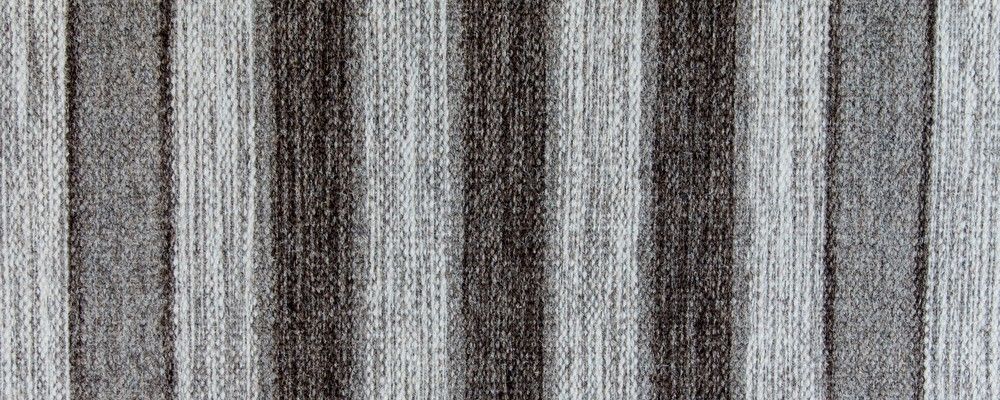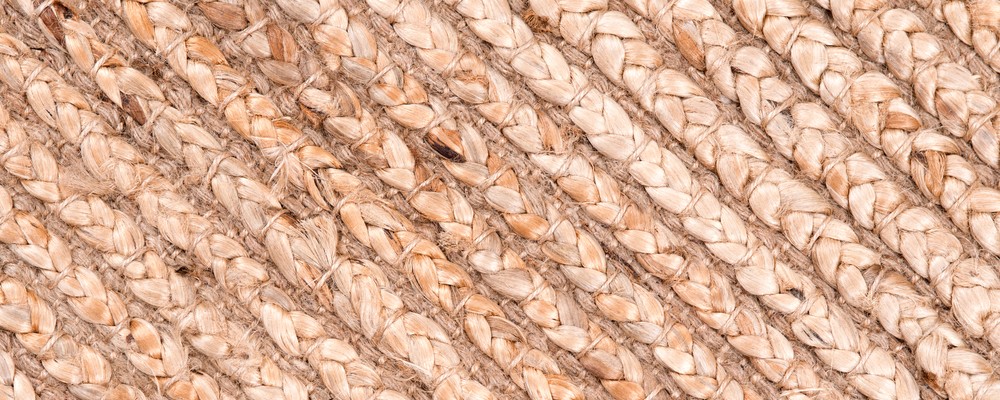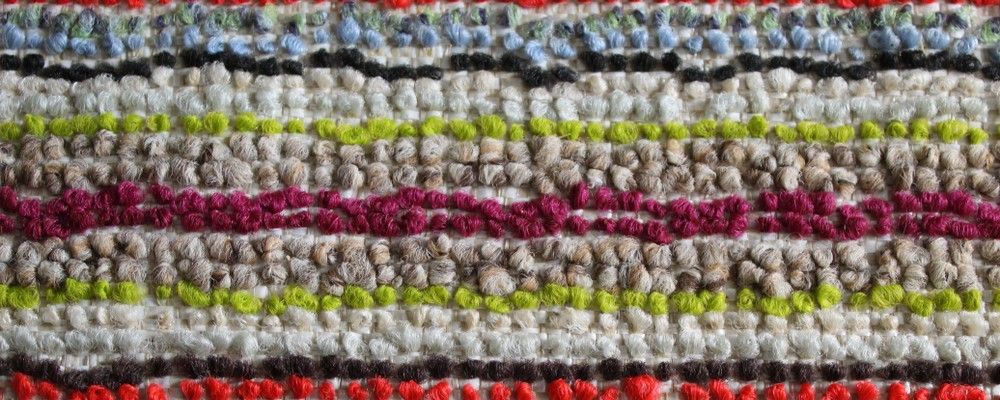If you suffer from allergies, consider what’s under your feet in your home. One good way to determine if a carpet or area rug will improve indoor air quality is to look for the green label. The Carpet and Rug Institute’s Green Label program specifies products that emit the lowest Volatile Organic Compounds.
Also, give careful consideration to what the rug is made of. Rugs woven of the following materials not only add comfort, they repel allergens.
Jute: It’s one of the most commonly used fibers, second only to cotton. Jute makes an excellent, durable rug. Made of thin, tight, strong fibers, jute rugs won’t shed, releasing microscopic fibers into the air. It also repels dust mites.
Wool: Dust mites thrive in warm, humid environments. Wool is simply too dry for them. Plus, they can’t eat it. That’s what makes this material an excellent defense against dust mites.
Sisal: This is probably one of your thinnest options. Sisal fibers are strong and tightly woven, which means minimal shedding.
Polypropylene: Synthetic is your best bet against allergens. Polypropylene rugs are engineered to repel dust mites and contaminants. They’re low and tightly woven and can even be used outdoors.




